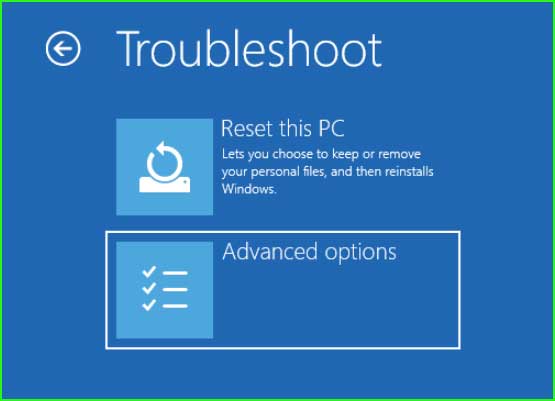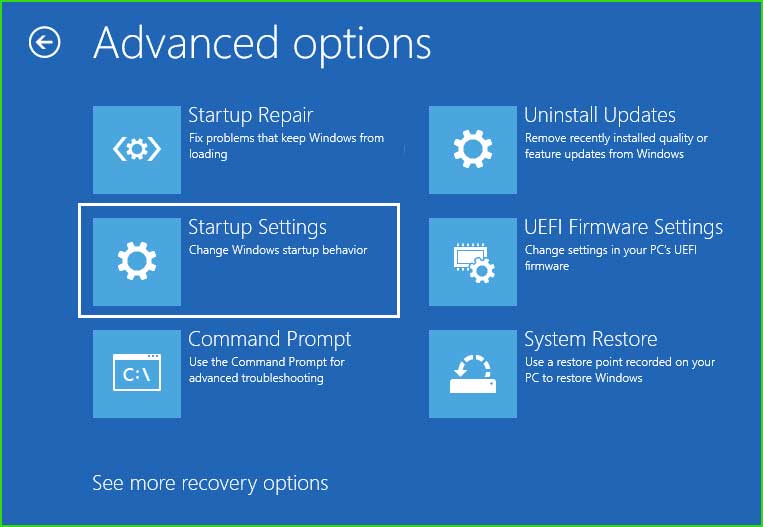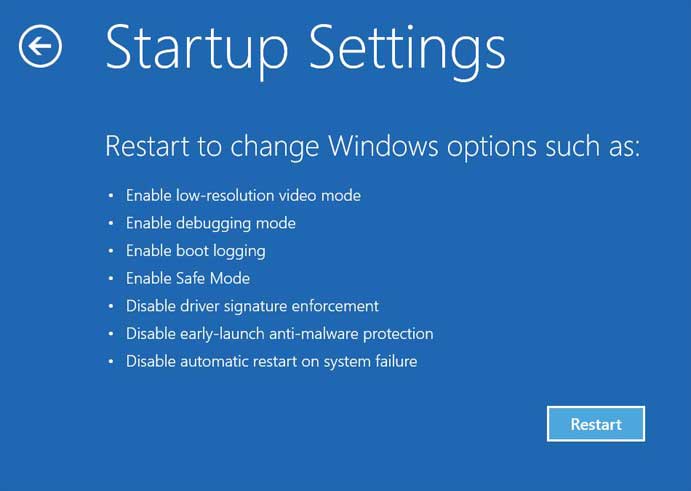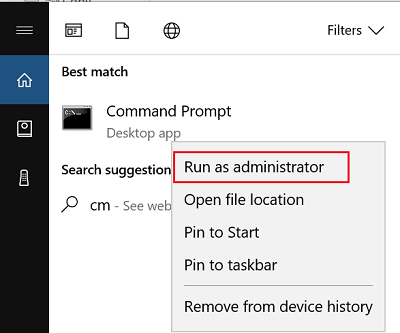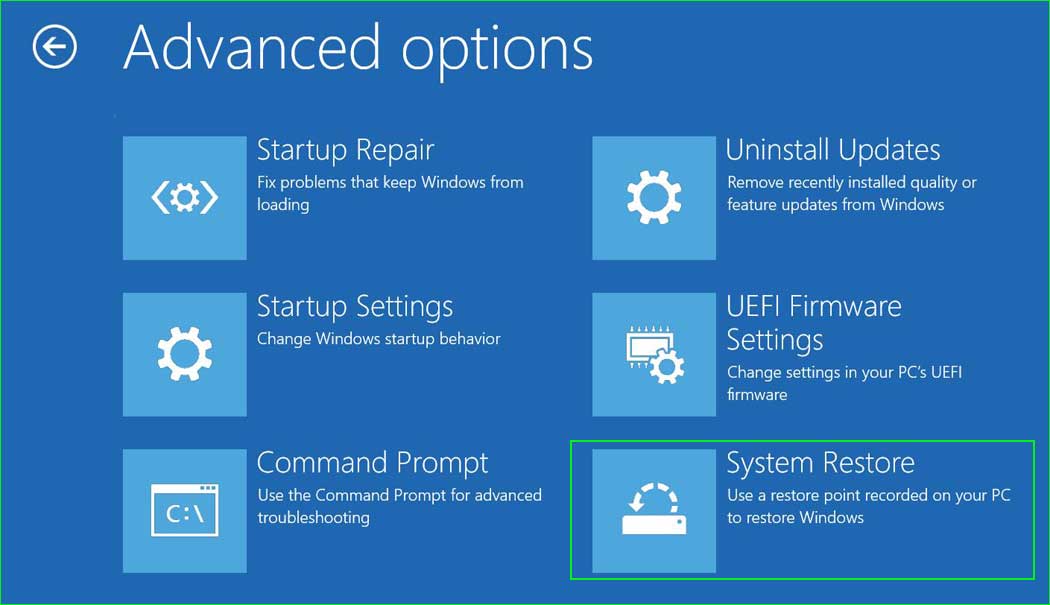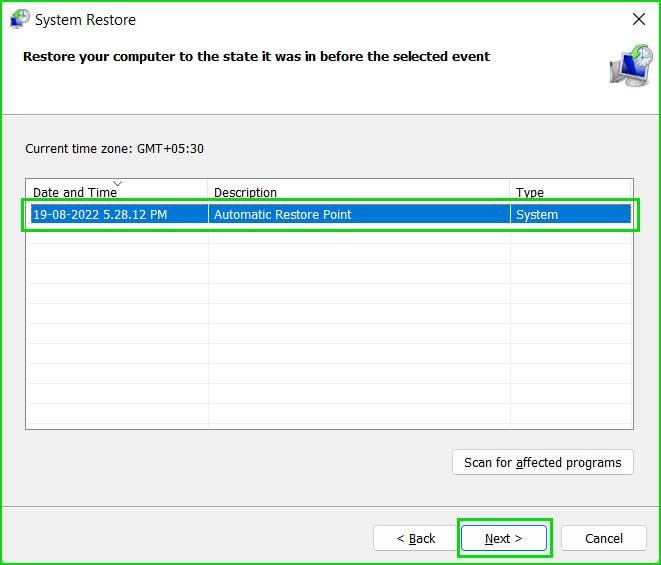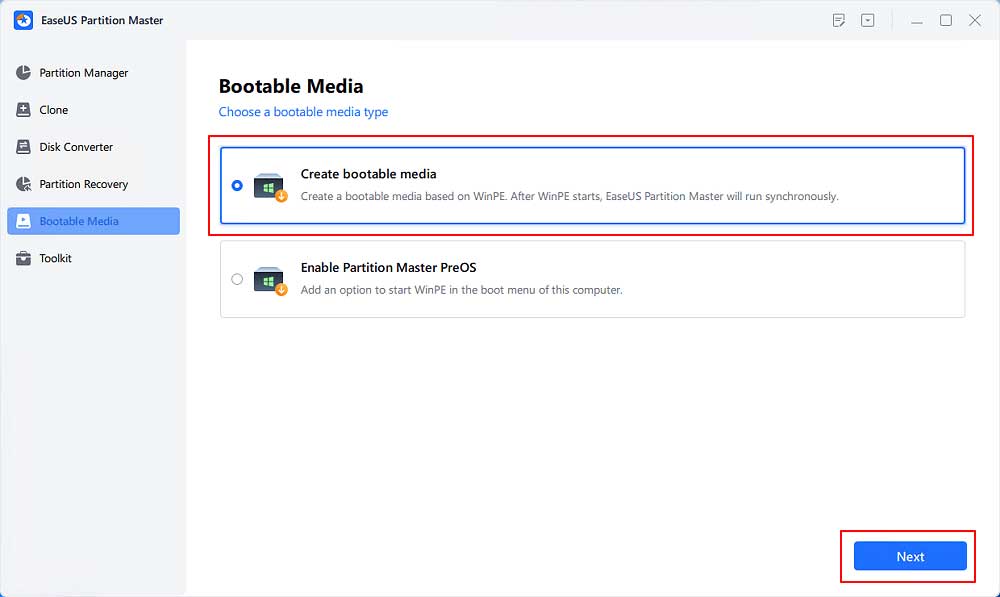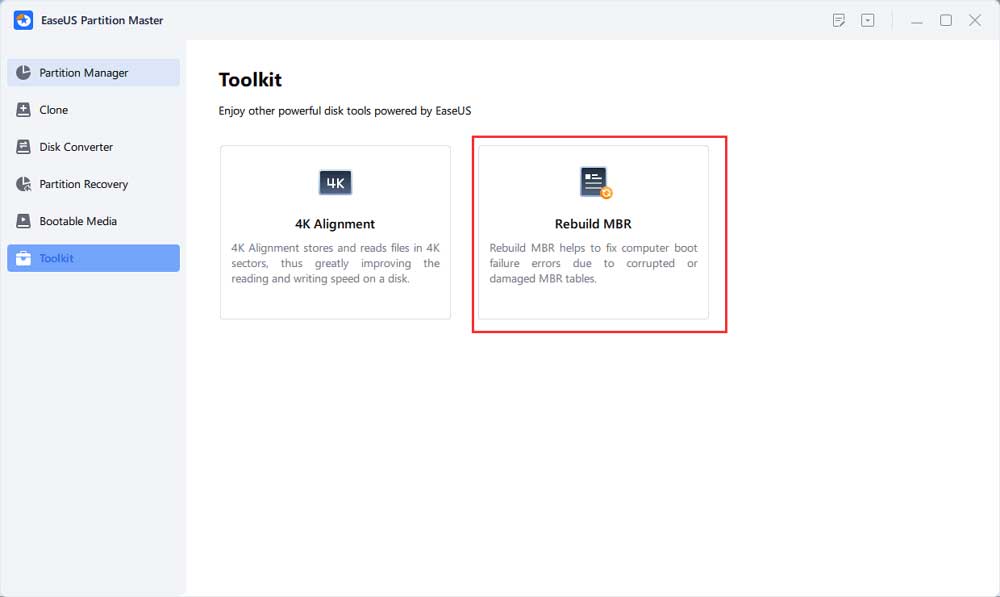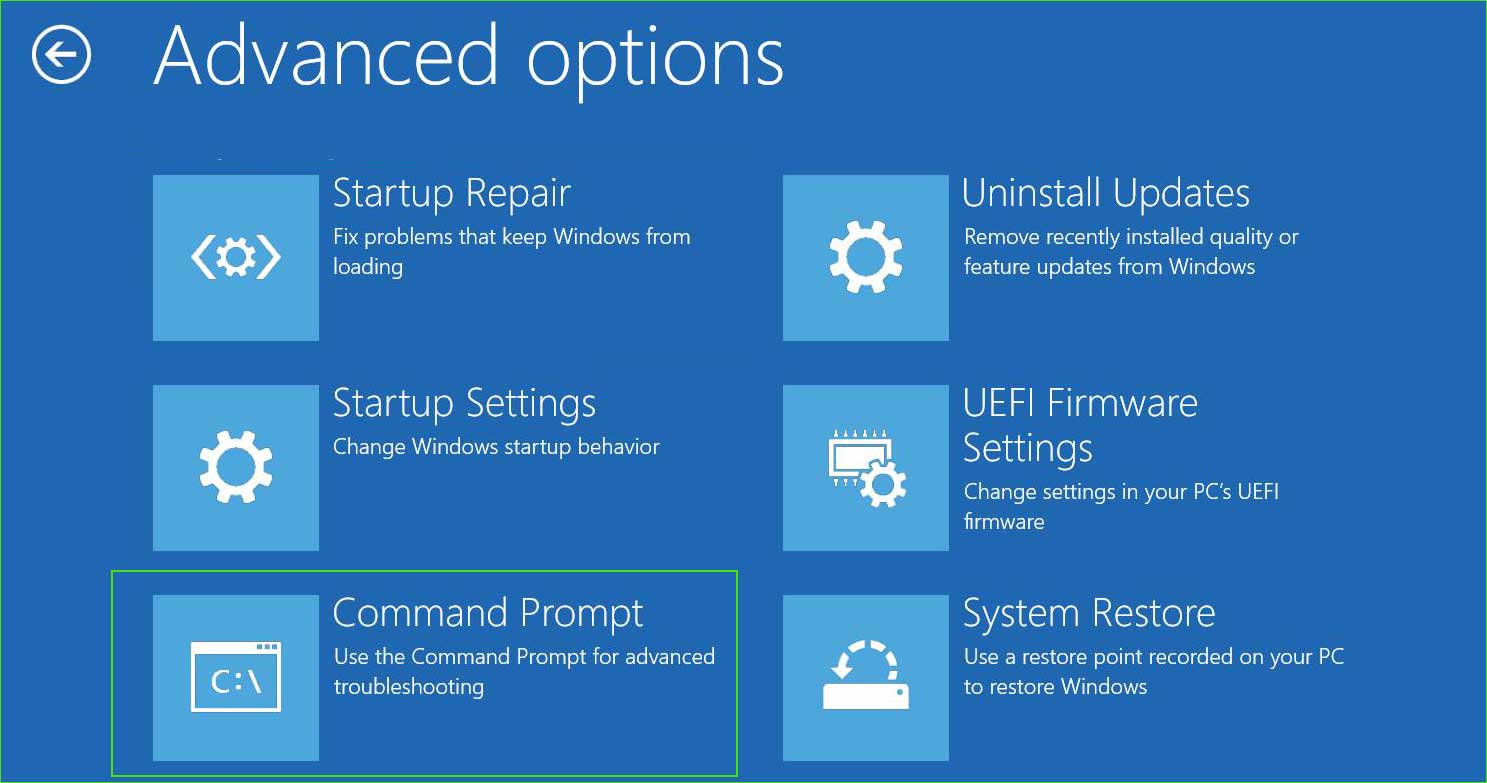IRQL_NOT_LESS_OR_EQUAL is one of the most common and frequent Blue Screen of Death (BSOD) errors on Windows 11 and 10. This error occurs when an application or service attempts to access a portion of memory that it shouldn’t access at that particular moment.
Essentially, it signifies that a kernel-mode process or driver has made an improper or unauthorized attempt to access a memory location at a higher Interrupt Request Level (IRQL).
There are various factors that can cause this error.
- Faulty or Outdated Drivers: In many cases, this error is caused by incompatible or outdated hardware drivers, such as graphics card drivers, network drivers, or storage drivers.
- Hardware Issues: Faulty hardware components, particularly RAM or hard drives, can trigger this error. Bad RAM can lead to memory access issues.
- Software Conflicts: Software conflicts, particularly those involving security software or drivers, can result in this error.
- Overclocking: Overclocking your CPU or RAM beyond their stable limits can cause instability and result in this error.
- Corrupted System Files: System files that have become corrupted or damaged can lead to this error. This can sometimes happen due to improper shutdowns or malware infections.
- IRQ Conflicts: IRQ (Interrupt Request) conflicts can also trigger this error, usually when two hardware devices are trying to use the same IRQ.
How to Fix IRQL_NOT_LESS_OR_EQUAL Error on Windows 11?
There is no one-size-fits-all solution for the IRQL_NOT_LESS_OR_EQUAL BSOD error and resolving it may require trying various methods. Since the exact cause of this error can be elusive, it’s important to remain persistent and try multiple approaches to resolve it. If one method doesn’t work, don’t be discouraged; simply move on to the next one until the problem is resolved.
No matter if you’re facing the dreaded blue screen of death, startup failures, or boot problems, this tool enables you to boot up your PC and recover your precious data effortlessly. So, be sure to use EaseUS Data Recovery Wizard to safeguard your files before proceeding with any fixes!
Note: Free Version allows you to recover upto 2GB Data.
Solution 1: Repair PC in Safe Boot Mode
If you’re able to boot your PC into Safe Mode, you can perform various Windows repair tasks. Safe Mode disables third-party drivers, software, and services, eliminating the possibility of software conflicts or driver malfunctions. Once your PC is in Safe Mode, you can proceed with the following troubleshooting steps.
Open PC in Safe Boot Mode
Run SFC, CHKDSK, and DISM Command.
These three commands are essential for repairing system corruption in Windows. SFC (System File Checker) scans for and repairs corrupted files, CHKDSK (Check Disk) identifies and fixes bad sectors on the disk, and the DISM (Deployment Imaging Service and Management Tool) command is used to repair corruption in Windows system images.
SFC/Chkdsk/Dism - Step by Step
sfc /scannow
Dism /Online /Cleanup-Image /CheckHealth
Dism /Online /Cleanup-Image /ScanHealth
Dism /Online /Cleanup-Image /RestoreHealth
chkdsk /f c:
It will show you message:
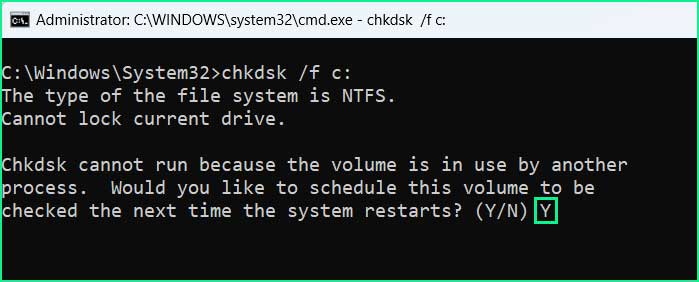
Chkdsk cannot run because the volume is in use by another process. Would you like to schedule this volume to be checked the next time the system restarts? (Y/N)
Press Y and Press Enter. The disk checking will start on next pc start.
Uninstall recent software, drivers, and updates.
If you’ve encountered the IRQL_NOT_LESS_OR_EQUAL BSOD error after making recent changes to your PC, such as installing software, drivers, or Windows updates, consider uninstalling or removing those changes as a troubleshooting step.
Update Device Drivers
Navigate to the Device Manager and check for drivers marked with a yellow exclamation mark. Right-click on the problematic driver and choose ‘Update Driver’.
Solution 2: Remove malware/Viruses using Kaspersky Rescue Disk
If you suspect malware or a virus is causing the BSOD error, you can use Kaspersky Rescue Disk. This disk includes a bootloader and doesn’t rely on an operating system to run.
Kaspersky Rescue Disk - Step by Step
Step 1: Download the Kaspersky rescue disk from the official Kaspersky website or using the following link:
https://www.kaspersky.com/downloads/free-rescue-disk
Step 2: Make a bootable USB/DVD drive using the Rufus/Win32 Disk Imager.
Step 3: Boot your PC using the Bootable USB Drive.
Step 4: Update the Antivirus database first.
Step 5: Run a System Scan and follow the instructions on your PC’s screen.
Solution 3: Run the Windows Memory Diagnostic Tool
Defective RAM can be a root cause of the IRQL_NOT_LESS_OR_EQUAL BSOD error. To check your RAM’s health, run the Memory Diagnostic Tool (mdsched.exe) to perform a memory test. If you discover that the RAM is faulty, it’s advisable to replace it with a new module.
Run Memory Diagnostic Tool
Step 1: Open the Run dialog box by pressing the Windows key + R. Type mdsched.exe and press Enter.
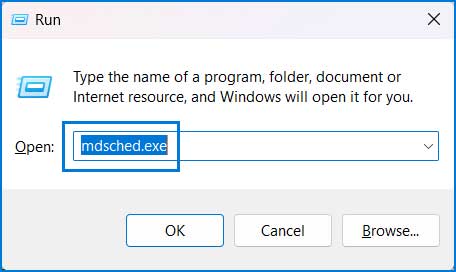
Step 2: Click on “Restart now and check for problems (recommended)“.
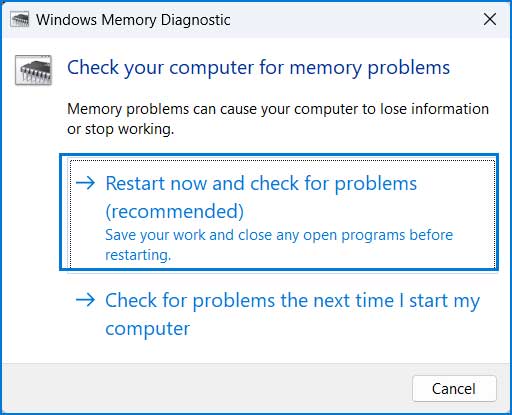
Step 3: The memory testing process will start on reboot.
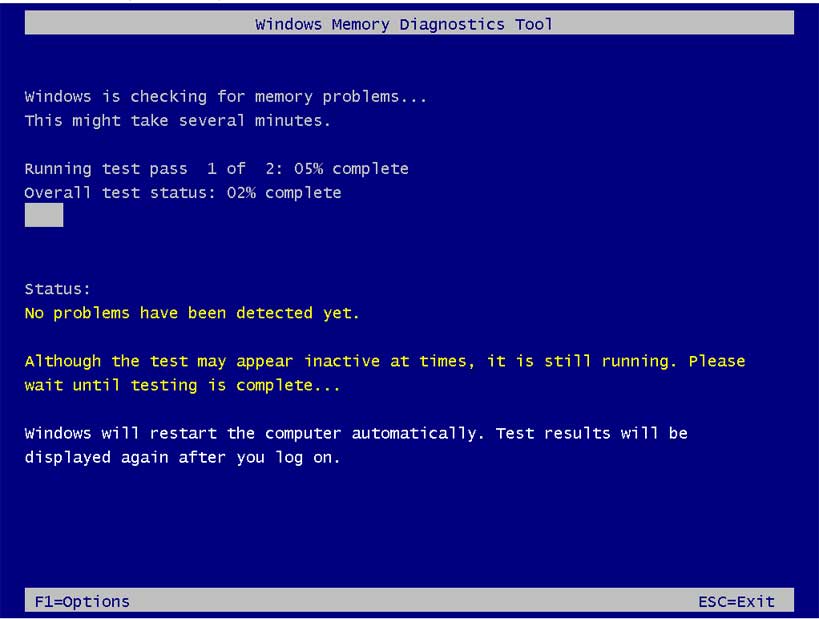
Step 4: The scan result will be displayed after login your computer. If it does not display the scan results, you can see the result in the Event Viewer app.
1. Click on the Start menu. Search for Event Viewer and open it.
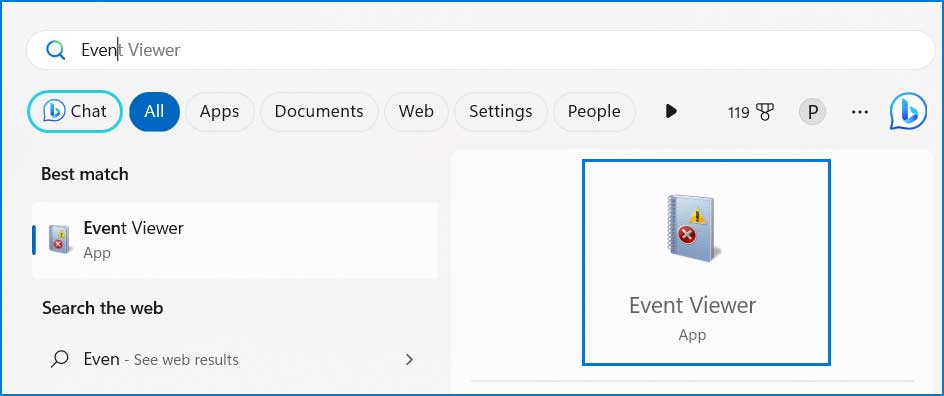
2. Expand Windows Logs → System.
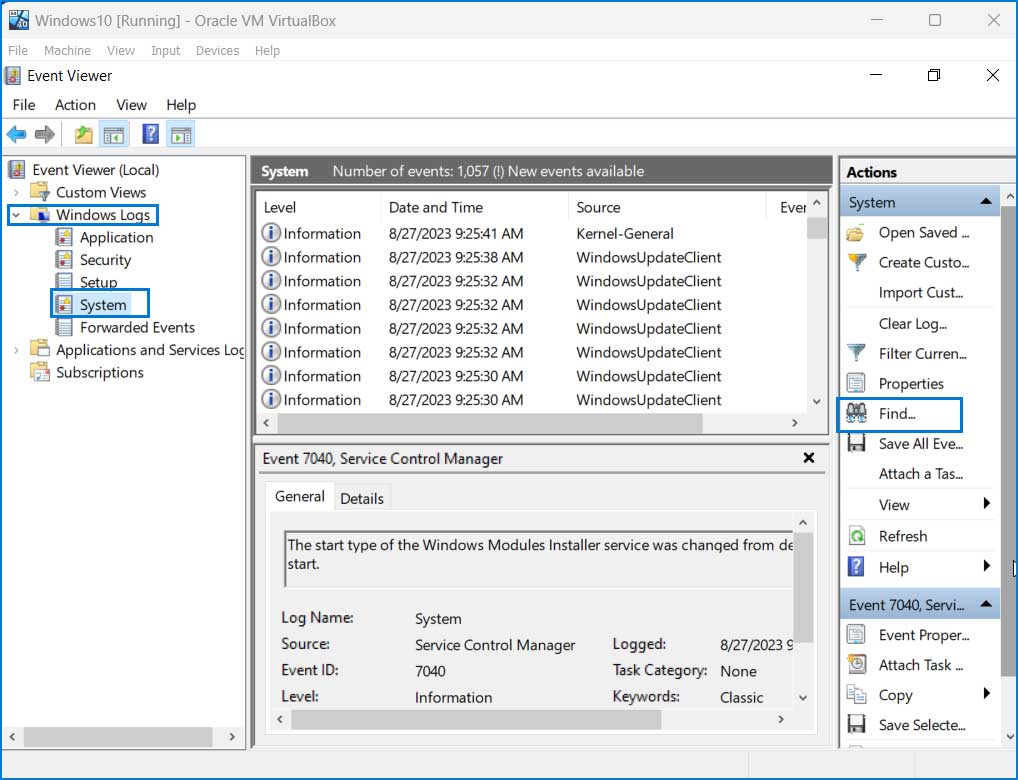
3. Click on the Find button and search for Memory Diagnostic.

4. You will see the Memory Diagnostic results.
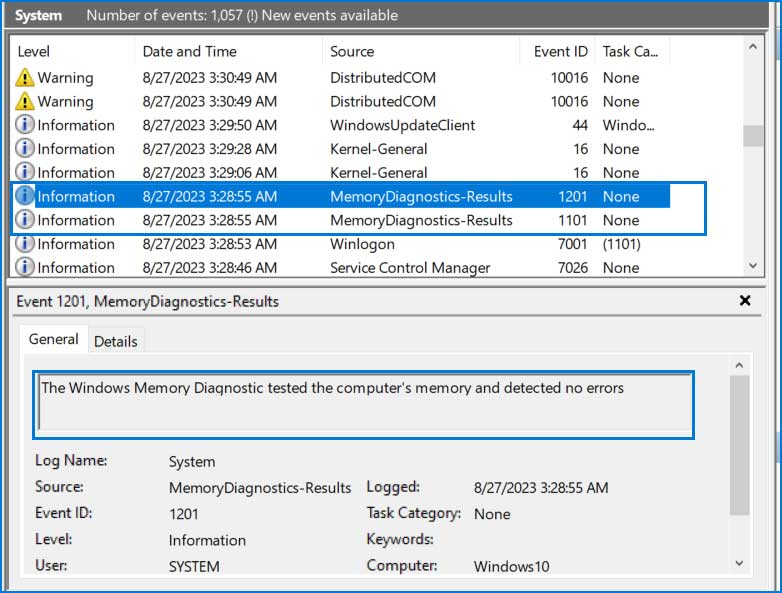
Solution 4: Check for Overheating
Overheating can cause hardware instability. Make sure your computer is adequately cooled, and clean any dust from fans and heatsinks.
Solution 5: Perform System Restore
Microsoft offers the option to restore your Windows to a previous ‘last good configuration’ stage. To perform a “System Restore”, follow these steps:
System Restore - Steps by Steps
Solution 6: Repair corrupted MBR/GPT
Most of the time repairing the Master Boot Record (MBR)/GUID Partition Table (GPT) can fix the problem easily. You can repair this file as follows:
65M Users 99% Disk Management 12K Downloads/Day 4.7 TrustPilot Rating Windows 11/10/8/7 & Server 2022/2019/2016/2012/2008/2003
Manually Repair MBR file - Step by Step
bootrec /fixmbr
bootrec /fixboot
bootrec /RebuildBcdApart from the above solution, you also take care of following corner:
- Check for faulty hardware such as RAM, SSD, Graphics cards, PCI cards, etc.
- Update the Graphics card. Mostly it has been seen that graphics card drivers cause the issue most.
- Disconnect the external peripherals.
Summary
The IRQL_NOT_LESS_OR_EQUAL BSOD error can be frustrating and is caused by various factors, including driver issues, corrupted system files, faulty hardware, incompatible software, incomplete Windows updates, and improper system shutdowns. To resolve this error, you can follow the solutions outlined in this article.

